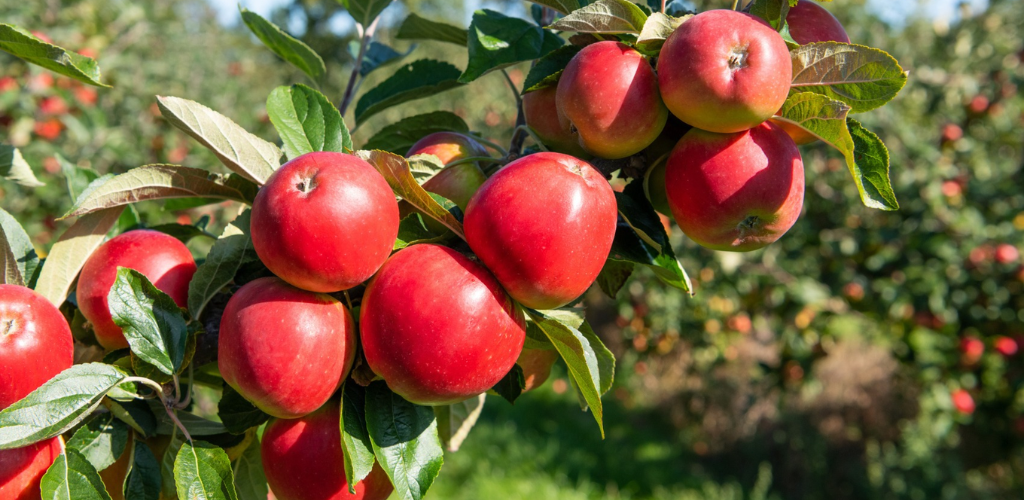Growing an Apple Tree Year-Round from Seed: A Step-by-Step Guide
Growing an Apple Tree Year-Round from Seed: A Step-by-Step Guide
Apple trees don’t just add beauty to your garden; they also provide a continuous supply of delicious fruit. While most apple trees are traditionally grown from grafted rootstocks, growing an apple tree from seed can be a rewarding and educational endeavor. It’s important to recognize that apple trees grown from seed may not produce fruit identical to their parent trees, but they can still produce delicious apples. In this guide, we’ll walk you through the step-by-step process of growing an apple tree from seed and offer tips to ensure its successful growth and eventual fruit production.
Step 1: Seed Collection:
Select the apple variety you want to grow, considering factors such as taste, size, and adaptability to your climate.
Collect seeds from ripe, healthy apples by cutting open the fruit and extracting the seeds. Rinse the seeds to remove any remaining pulp.
Let the seeds air dry for a few days to prevent mold growth.
Step 2: Cold Stratification:
Cold stratification is crucial to mimic the natural conditions needed for apple seeds to germinate.
Take the dried seeds and wrap them in a damp paper towel, sealing them in a plastic bag. Refrigerate the bag for about 6 to 8 weeks. This method breaks the dormancy of the seeds, preparing them for the germination process.
Step 3: Germinating Seeds:
After cold stratification, sow seeds in a seed tray or small pots filled with well-draining potting mix.
Plant seeds about 1/2 inch deep and cover with a thin layer of soil.
Moisten the soil and cover the container with plastic wrap or a clear lid to create a greenhouse-like environment.
Place the container in a warm, bright location, preferably near a window with indirect sunlight.
Germination can take several weeks. Once you see sprouts, remove the plastic cover.
Step 4: Caring for Young Plants:
As young plants grow, provide them with plenty of sunlight. If growing indoors, consider using a grow light.
Water young plants regularly, keeping the soil consistently moist but not waterlogged.
Once the seedlings have grown a few inches and developed several leaves, they can be transplanted into larger pots or directly into the ground.
Step 5: Transplanting:
Choose a location for your apple tree that receives adequate sunlight and has good drainage.
Dig a hole twice as large as the root ball to prepare the planting hole.
Be careful not to damage the fragile roots as you gently remove the seedling from its container.
The seedling should be planted in the hole at the same depth as it was in the container. Fill the hole with soil, pressing it down gently.
Give the newly transplanted seedling plenty of water.
Step 6: Care and Maintenance:
Mulch the area around the base of the tree to conserve moisture and prevent weed growth.
Make sure the tree receives at least an inch of water each week and water it frequently, especially during dry spells.
Prune the tree annually to control its growth, remove diseased or dead branches, and promote good air circulation.
Apply a balanced slow-release fertilizer to the tree in the spring.
Step 7: Patience and Harvest:
Your apple tree may not produce fruit for a few years. Fruit typically appears on apple trees planted from seed after 6 to 10 years.
Once your apple tree bears fruit, enjoy the bountiful harvest! Keep in mind that the flavor and appearance of the apples may differ from the parent tree.
Bottom Line:
Planting apple trees from seed is a rewarding and time-consuming project. The satisfaction of watching your tree blossom from a small seed into a fully grown tree is unmatched, although it does require patience and care. By following these instructions and providing regular care, you can enjoy the beauty and delicious apples of your own apple tree all year long.
